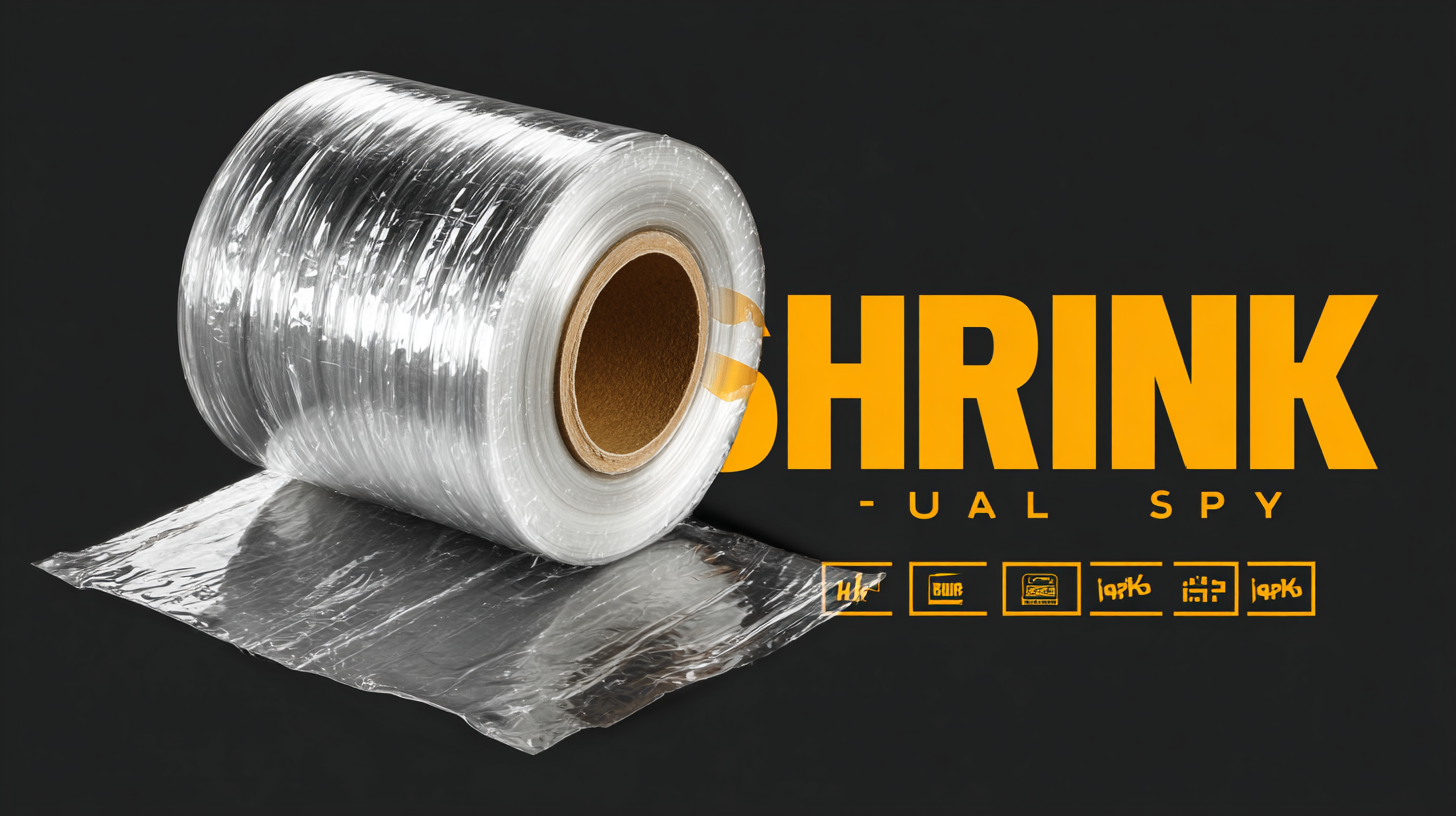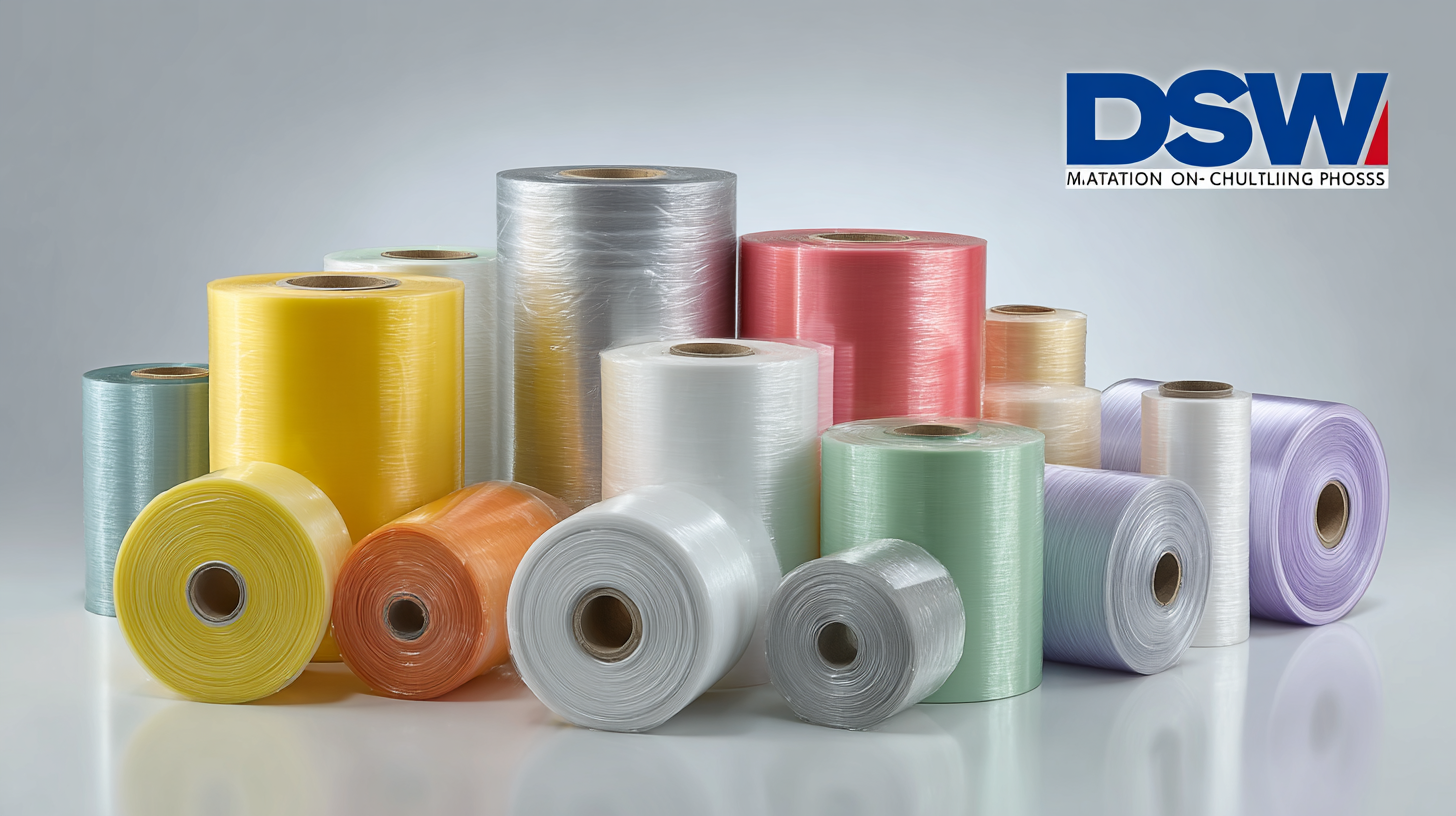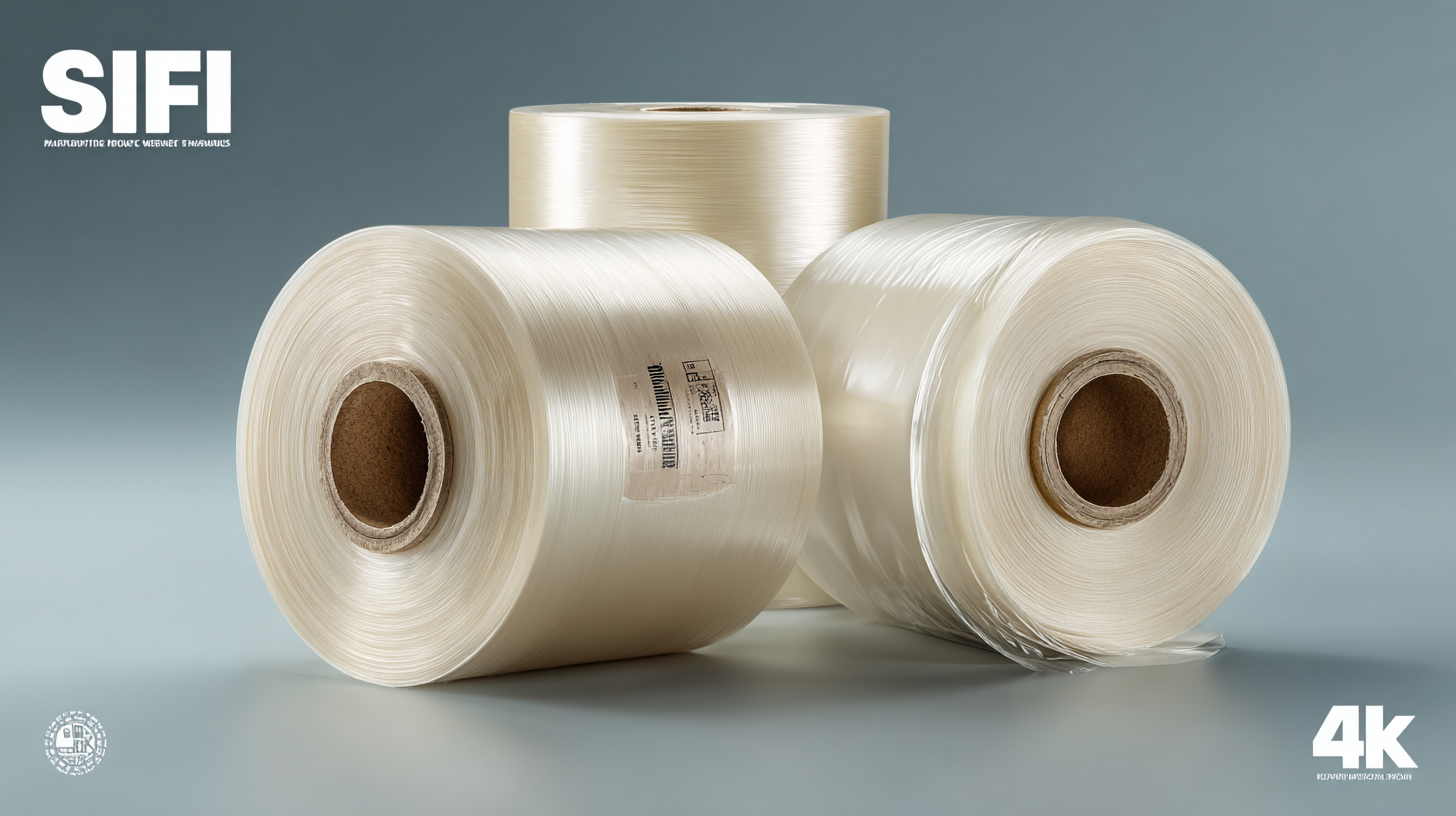How to Identify Quality Manufacturers for the Best Plastic Shrink Wrap with Industry Insights
In today's global marketplace, the demand for high-quality packaging solutions, particularly Plastic Shrink Wrap, is surging as businesses seek to enhance product presentation and ensure safety during transportation. According to a report by Smithers Pira, the global packaging market is projected to reach $1 trillion by 2024, with flexible packaging, including shrink films, expected to dominate due to its versatility and efficiency.

As companies expand their reach beyond borders, sourcing from reputable manufacturers becomes critical. Understanding the nuances of plastic shrink wrap production, such as material quality, performance standards, and compliance with international regulations, is essential for businesses striving to maintain a competitive edge. Emphasizing quality over cost, therefore, is pivotal in winning the trust of global consumers and ensuring sustainable growth in an increasingly demanding market.
Understanding the Importance of Material Quality in Plastic Shrink Wrap Production
The quality of materials used in plastic shrink wrap production has a profound impact on its performance and usability. According to a report by Grand View Research, the global shrink film market size was valued at approximately $3.7 billion in 2022, with the increasing demand for high-quality packaging solutions driving significant growth. When selecting a manufacturer, it is crucial to choose those that prioritize raw material sourcing, as the integrity of the film is directly related to the quality of its constituents—such as polyethylene and polyvinyl chloride—which are critical for achieving enhanced durability, elasticity, and clarity.
Furthermore, the material quality not only affects the physical properties of shrink wraps but also their environmental impact. A comprehensive study by Smithers Pira highlighted that high-quality, eco-friendly materials can reduce waste and improve recyclability, which is becoming increasingly important in today's eco-conscious market. Manufacturers that invest in superior material quality are not only likely to produce more reliable and efficient shrink wraps but also contribute positively to sustainability goals. As such, understanding these material specifications can significantly inform purchasing decisions and provide a competitive edge in various industries.
Key Industry Standards and Certifications to Look for in Manufacturers
When searching for quality manufacturers of plastic shrink wrap, understanding key industry standards and certifications is crucial. According to a report by the Flexible Packaging Association, about 60% of shrink film producers prioritize compliance with industry standards, which ensures not only product quality but also environmental safety. Certifications like ISO 9001 indicate a manufacturer’s commitment to quality management systems, ensuring that they consistently produce high-quality products that meet customer and regulatory requirements.
Another important certification to consider is the FDA approval status, particularly for manufacturers producing shrink wrap for food packaging. A study from the Packaging Machinery Manufacturers Institute highlights that 75% of packaging end-users report compliance with FDA guidelines as a deciding factor when selecting suppliers. Additionally, certifications such as ASTM International standards validate the performance and durability of shrink films, ensuring they withstand various environmental conditions. By focusing on these industry certifications, businesses can effectively identify reliable manufacturers that meet the highest quality benchmarks.
How to Identify Quality Manufacturers for the Best Plastic Shrink Wrap with Industry Insights - Key Industry Standards and Certifications to Look for in Manufacturers
| Manufacturer Location | Key Certifications | Quality Standards | Main Applications | Production Capacity (tons/year) |
|---|---|---|---|---|
| USA | ISO 9001 | ASTM D-2732 | Food Packaging | 5000 |
| Germany | DIN EN ISO 9001 | FDA Approved | Industrial Packaging | 3000 |
| China | ISO 14001 | RoHS Compliance | Retail Packaging | 10000 |
| Japan | JIS Q 9001 | CE Marking | Electronics Packaging | 8000 |
| India | ISO 9001 | BIS Certification | Textile Packaging | 4000 |
Evaluating Production Capabilities: Machinery, Technology, and Efficiency Metrics
When evaluating potential manufacturers for plastic shrink wrap, a critical factor to consider is their production capabilities, which encompass machinery, technology, and efficiency metrics. The types of machines employed in the manufacturing process play a significant role in determining the quality and consistency of the final product. Advanced equipment, such as high-speed wrappers and automated sealing machines, can enhance production volume while maintaining precise quality control. It’s essential to investigate the manufacturer's investment in innovative machinery that meets current industry standards and can adapt to evolving market needs.
Additionally, the technology utilized in the production process can have a profound impact on performance. Manufacturers using cutting-edge software for process optimization can achieve higher efficiency levels, reducing waste and enhancing productivity. Metrics such as output rates, cycle times, and capacity utilization provide valuable insights into a manufacturer’s operational efficiency. Understanding these aspects not only reflects the manufacturer's capability to produce high-quality shrink wrap but also their commitment to sustainability and continuous improvement. Therefore, a thorough assessment of machinery and technology is vital when selecting a reliable manufacturer for plastic shrink wrap.

Analyzing Customer Reviews and Case Studies to Gauge Manufacturer Reliability
When evaluating quality manufacturers for plastic shrink wrap, customer reviews serve as a crucial indicator of reliability and performance. According to a 2021 market research report by Smithers, the global demand for shrink wrapping is expected to grow by 4.5% annually, reflecting a significant shift in consumer preference for high-quality packaging solutions. Analyzing customer feedback from various platforms reveals important insights about a manufacturer's consistency in delivering durable and effective shrink wrap. Positive reviews often highlight factors such as material strength, clarity, and seal integrity, which are essential for ensuring product protection during transit.
Furthermore, case studies provide real-world applications that can illustrate a manufacturer's capabilities. For instance, a case study from a leading beverage company showcased the effectiveness of a specific manufacturer's shrink wrap in reducing packaging waste by 20% while maintaining product quality. Reports indicate that manufacturers committed to sustainability are gaining traction; 65% of consumers are willing to pay more for eco-friendly packaging options, according to a recent survey by Packaging Insights. By focusing on customer reviews and relevant case studies, businesses can identify credible manufacturers that not only meet industry standards but also align with evolving consumer preferences.

Cost vs. Quality: Balancing Budget Constraints with High-Performance Shrink Wrap Solutions
When it comes to sourcing plastic shrink wrap, businesses often face the dilemma of balancing cost and quality. While budget constraints are a reality for many companies, investing in high-performance shrink wrap can ultimately save money and reduce waste over time. Understanding the materials and manufacturing processes behind shrink wrap can help in making informed choices.
Quality manufacturers typically use superior polymers and advanced technology to create shrink wrap that boasts better durability, puncture resistance, and clarity.
However, it's crucial to evaluate the true cost of a product beyond its price tag. Cheaper options may save money initially, but they often result in higher levels of product damage or inefficient packaging processes. By choosing a high-quality shrink wrap, businesses can enhance their packaging efficiency and protect their products, ensuring they arrive intact to customers.
Conducting thorough research, seeking industry recommendations, and evaluating samples from potential suppliers can help strike the right balance between cost and quality, leading to long-term benefits.
